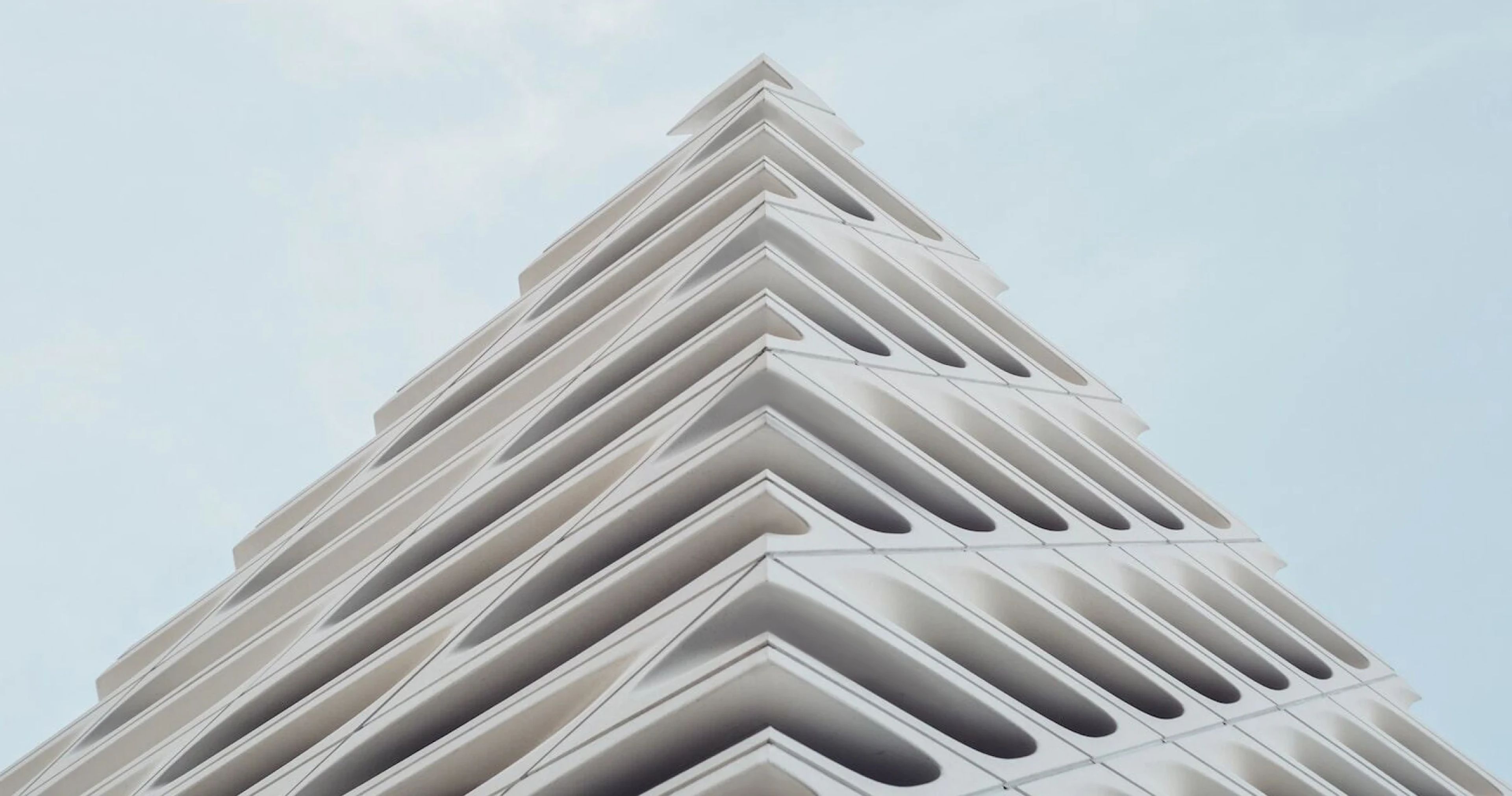Building a strong brand architecture, including a well-defined brand hierarchy, is essential for businesses looking to create clarity, consistency, and impact.
Whether you’re managing multiple brands or structuring a growing portfolio, a well-designed brand architecture helps align your strategy, connect with your audience, and drive long-term success. This guide will walk you through the key steps to create an impactful brand architecture.
What Is Brand Architecture?
Brand architecture is a framework that guides how different aspects of a company’s branding strategy come together to form a coherent whole that communicates a consistent message across all consumer touch points with all the brand’s business products or services while clearly distinguishing between distinct product lines, if applicable. At the highest level, a corporate brand encompasses various family and individual brands beneath it.
Brand architecture is a framework that guides how different aspects of a company’s branding strategy, including corporate and individual brands, come together to form a coherent whole.
By leveraging brand architecture strategies, companies can create strong relationships between their internal brands and external customers to foster loyalty and trust in their offerings. This will, in turn, increase recognition for their brands and sales performance over time.
Source: hubspot
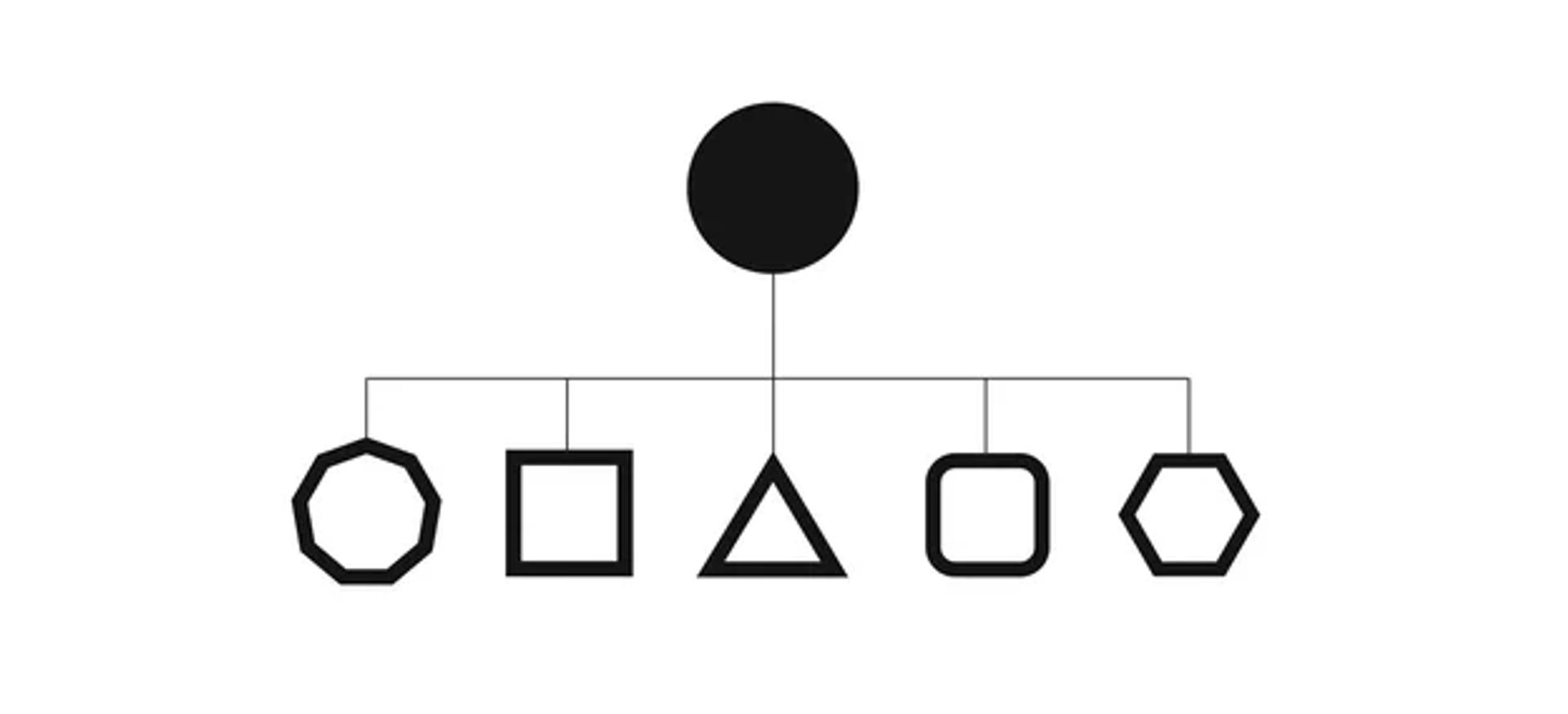
Benefits of a Well-Organized Brand Structure
A constructed brand architecture illuminates several advantages. First, it solidifies corporate identity, making it simple for clients to identify and recall the brand, aiding in customer loyalty.
A well-organized brand structure also helps in building and maintaining a strong brand reputation, which is crucial for customer trust and loyalty. Furthermore, it enhances communication of the company’s vision and values.
Moreover, it allows detailed marketing strategies and campaigns since there are clearly outlined boundaries for every product catering to specified populations. Additionally, it helps extend product lines by using the trust derived from a single product to market other newer products under its franchises.
Lastly, managing the brand image on social media is easier because the brand structure is firm. Specific content can be generated while still staying true to the brand, making it easier to market the brand as a whole instead of as a particular product.
In summary, devoting resources to establishing the brand architecture increases brand recall, streamlines marketing efforts, and enhances brand value and profits.
Source: Verge
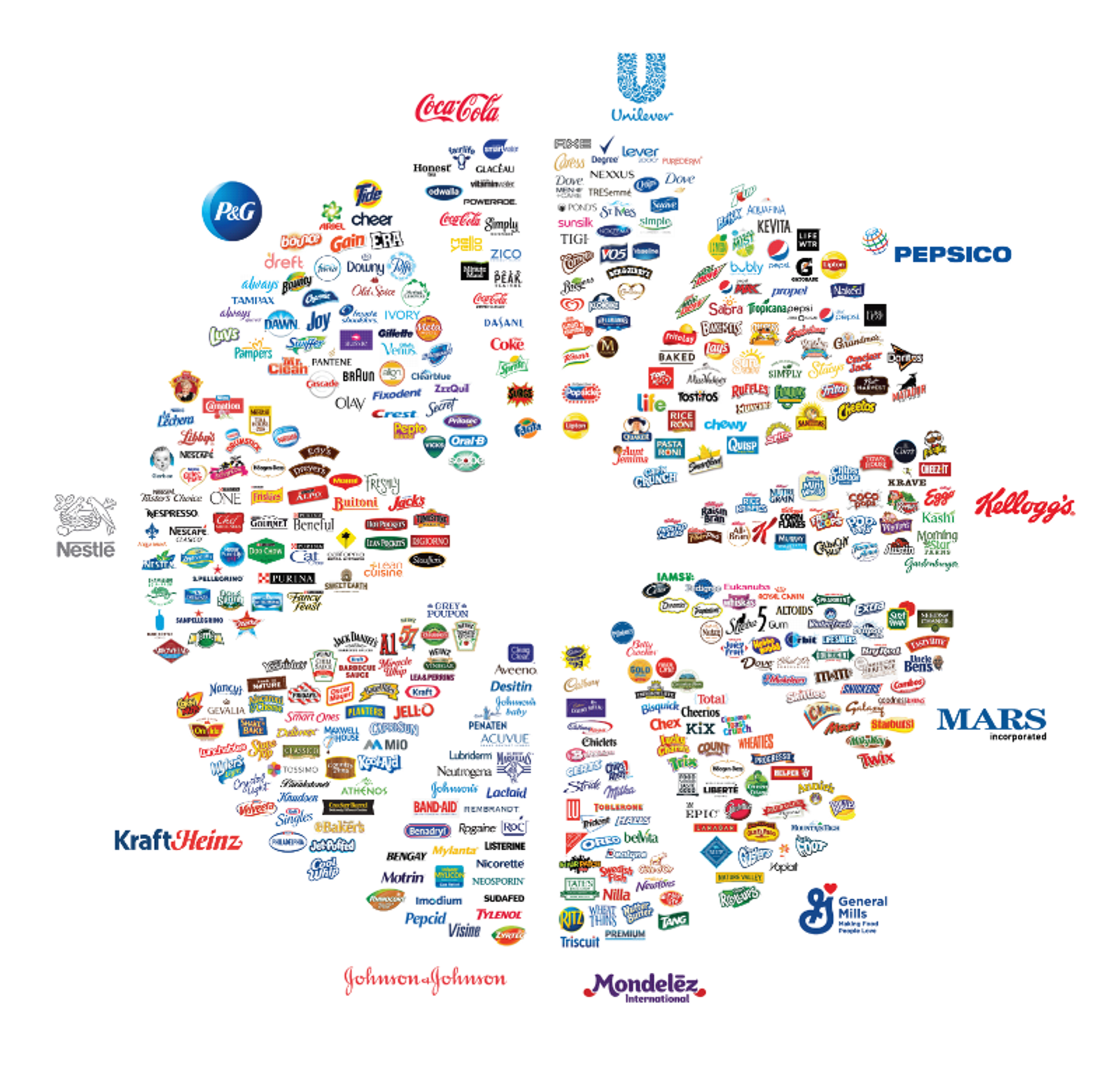
Brand Architecture Framework
When it comes to brand architecture, there are three main approaches: monolithic, endorsed brand architecture, and the house of brand architecture, each with its own set of advantages and disadvantages depending on the size and goals of your business or organization.
Source: Frontify

4 Different Types of Brand Architecture Models
Brand architecture refers to the way a company organizes and structures its brands, products, or services. Different models of brand architecture help businesses create clarity, streamline marketing efforts, and establish strong connections with their audience. Let’s explore the main types of brand architecture models and how they work within different brands strategy frameworks.
1. Endorsed Branding
An endorsed branding strategy involves two distinct entities operating under a parent company, such as Starbucks Coffee and Teavana. This approach allows flexibility in targeting different customer segments while maintaining cohesion, as both brands fall under the same umbrella. The similarity in logos, like Starbucks’ green swirl and Teavana’s pink chevron, helps create a sense of connection.
However, a potential downside is customer confusion if the distinction between the two brands is unclear. This can be mitigated with targeted marketing campaigns that educate consumers about each brand’s unique offerings.
Source: Enigma

Pros and Cons of Endorsed Brand Architecture
Advantages of Endorsed Brand Architecture
Endorsed branding achieves a perfect balance of independence and association, as it has elements of both a house of brands and a branded house. It is the most straightforward model since it lets sub-brands create their own identity while benefiting from the credibility of the parent brand.
While the parent brand lends its reputation, it does so from behind the scenes, diminishing direct interaction if a sub-brand encounters problems. This setup enables every brand to create and interact with their customers under a distinct positioning, identity, and customer experience, catering to diverse market segments.
Disadvantages of Endorsed Brand Architecture
Endorsed branding has issues, especially in strategy and resource allocation. Unlike a branded house, each brand in the portfolio requires independent marketing, branding, and a digital presence, which includes separate domain websites, advertising approaches, and messaging.
These "siloed efforts" can be expensive and laborious. They require time and money to gain brand differentiation while maintaining the standards of the parent brand.
2. House Of Brands
Branded house strategy involves having multiple separate brands where operations branch from the original business concept into its own distinct entity - complete with its own logo & mission statement (i.e., Microsoft Office vs. Xbox).
With this setup, companies can target different markets more efficiently while ensuring that no single brand or product line dilutes another's reputation due to presence being too closely intertwined.
Source: CR8 Consultancy
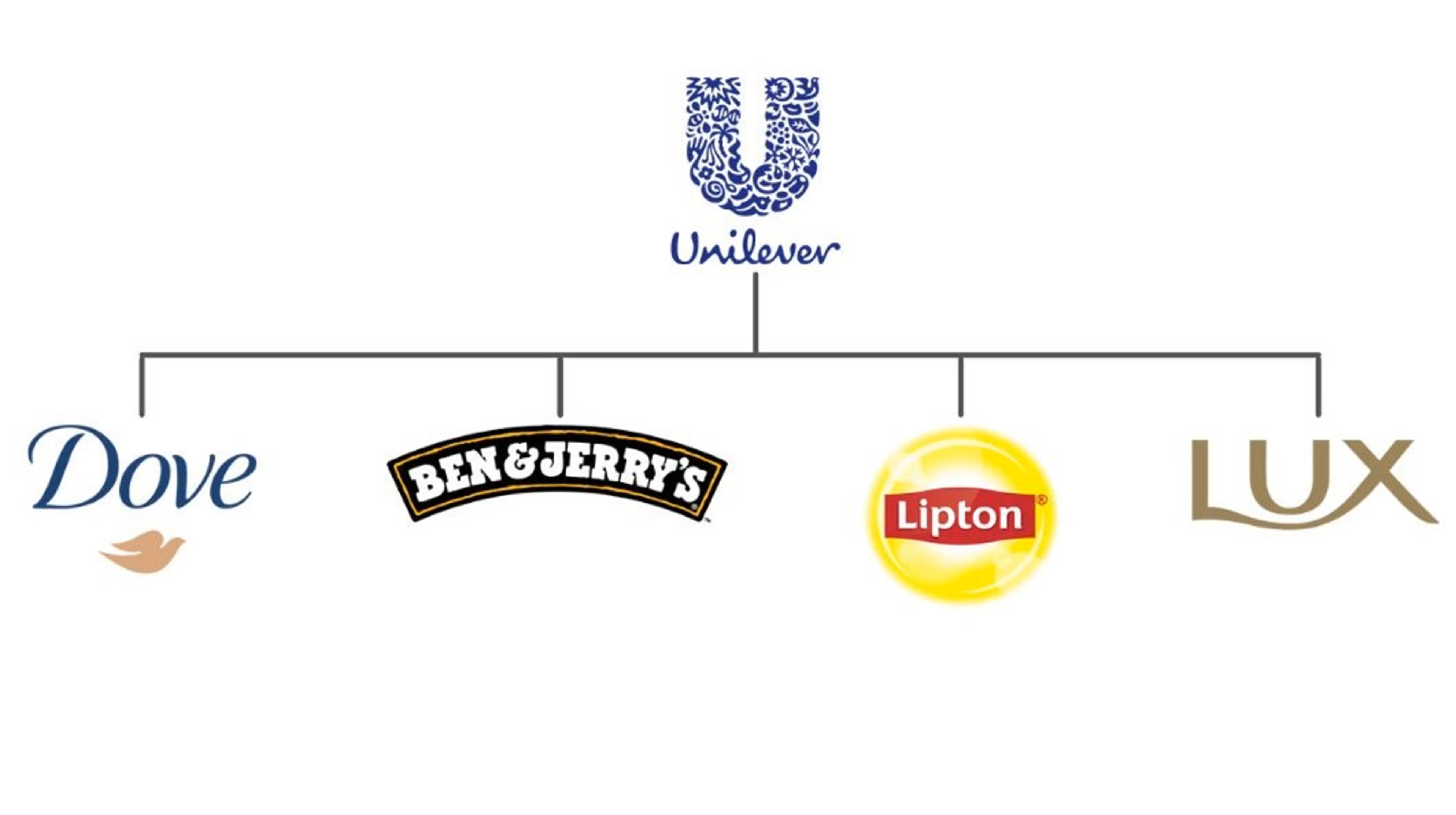
Pros and Cons of House Of Brands
Advantages of House of Brands
Using a House of Brands approach, every brand can create its identity, position itself, and manage customer relations. This allows businesses to effectively target particular segments in the market with focused value offerings.
In addition, the troubles and issues one brand faces do not affect the other brands, creating a cushion of protection. This approach allows easy growth for companies as they can easily position new brands and not think about whether they will fit into an overarching system or company identity.
Disadvantages of House of Brands
On the downside, managing several brands under one umbrella requires considerable resources. Every brand needs its strategy for marketing, unique websites, and so on, making it an expensive endeavor. This isolation of brands frequently results in a lack of branding crossovers, and successes or good reputations developed by one brand do not help the other brands.
3. Hybrid Brand Architecture
Although called hybrid, this brand architecture applies to franchise and conglomerate companies that seek to protect an umbrella trademark while giving every product/service a new trademark flourish.
This strategy utilizes the brand's distinctive elements, such as names, logos, and identities, to differentiate each product or service. It blends corporate, umbrella, and individual branding into a system that promotes core values but allows differentiation.
This strategy is employed by brands like Nestle, which seeks to operate under one umbrella but allows unique brands to stand on their own. This helps build brand legibility, making it easier for consumers to locate their preferred goods quickly.
Source: EbaqDesign
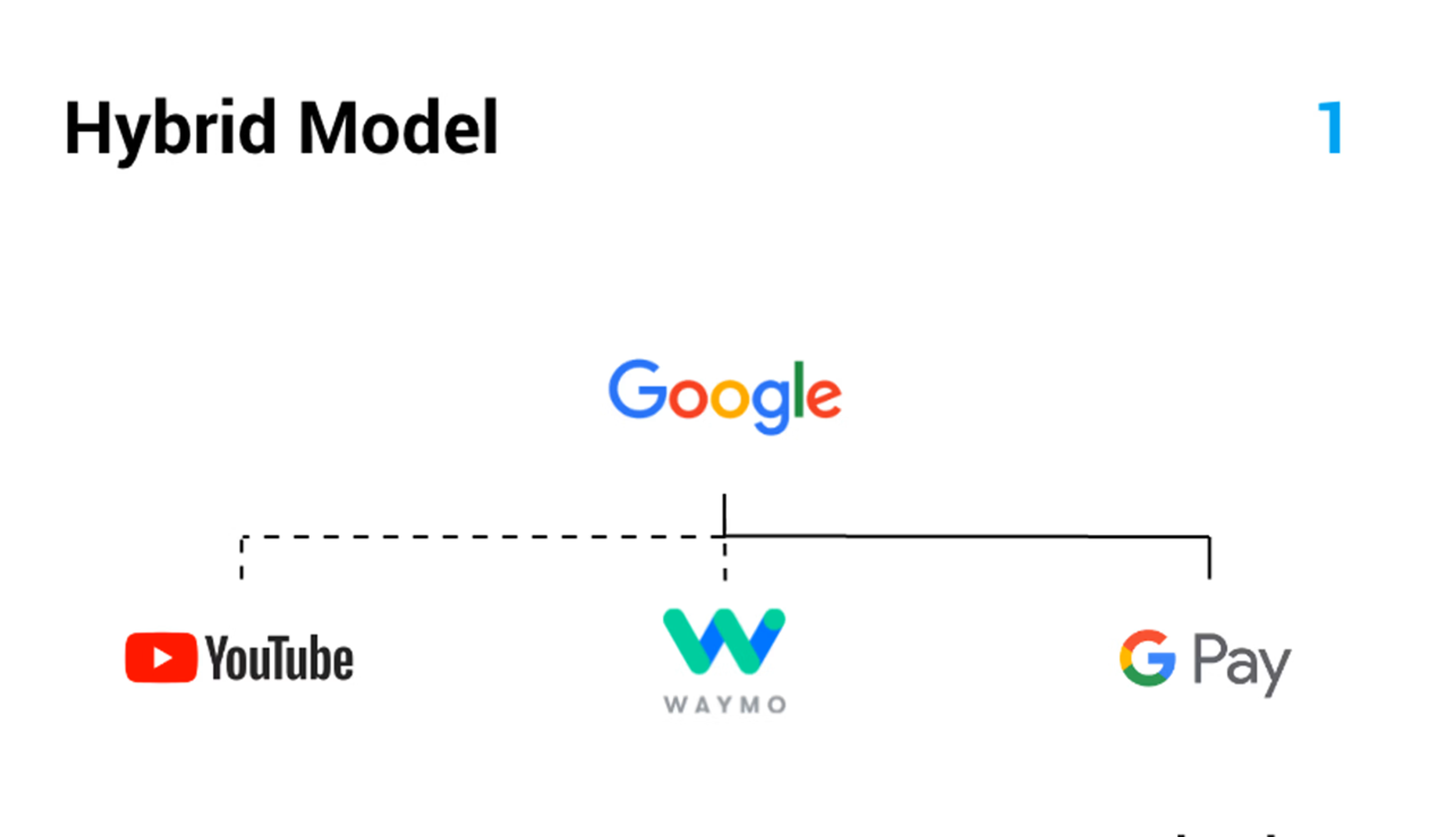
Pros and Cons of Hybrid Brand Architecture
Advantages of Hybrid Architecture
Hybrid architecture provides the flexibility of having a multilayered brand structure with different market-facing brands and sub-brands. This approach combines the advantages of having a house of brands that allows the positioning of the brand in the market independent of other brands.
Thus, these corporations can foster new brands to capture niches with more defined value propositions and more easily diversify the corporation.
Disadvantages of Hybrid Architecture
Failure to plan adroitly can result in an architecture that appears disparate or illogical, leading to confusion amongst the targeted consumers. The complexity of managing multiple brands means that each brand will require its own marketing strategy and resources, which is costly. Such efforts in silos could lead to wastages which end up being extra money spent on branding and promotional activities.
4. Branded House
As per Branded House marketing, the business model starts from a strong master brand and is sub-segmented into various departments. Each brand is referred to by the name of the house brand, making it easier to identify as a single entity.
The most significant advantage of adopting a Branded House marketing structure is the perceived loyalty of customers. Customers are more concerned with the promises that the parent brand trusts than with the specific product features.
Source: ignytebrands

Pros and Cons of Branded House
Branded House Benefits
The parent and sub-brands can rely on each other for more effective marketing as they belong to the same family. This central location means that advertising can be directed to the fewest resources.
Using visual appeal is also easier because there is less chance of customer misunderstanding. Brand loyalty is also shifted down from the parent brand to the sub-brands.
Branded House Cons
Nonetheless, the Branded House framework also has its drawbacks. A problem with just one sub-brand can tarnish the reputation of the parent brand as a whole.
There is also a chance of diluting brand equity - if the head brand puts itself in too many categories, its power can be weakened. Moreover, a rigid structure means that if one sub-brand fails, the rest will likely come crashing down.
Different Components of a Good Brand Hierarchy
A robust brand strategy includes knowing your desired audience, creating an appropriate message, and ensuring consistency across different media. For instance, brand hierarchy examples from companies like Marriott and Microsoft illustrate how different layers of branding are implemented.
If a target audience appreciates certain aspects, they can be engaged effectively. Clear messages and tones help establish brand identity. Your brand is strengthened through consistent visuals such as logos, colors, and fonts across websites, social media, and marketing materials.
In brand architecture, each level’s identity is reflected in logos and visuals, but they should also be designed to fit the parent brand and its sub-brands.
For an endorsed branding approach, logos must link to each entity but also be related to the parent brand. In a house of brands approach, uniqueness must prevail, with different identifiable designs for each product so that they are easy to identify and differentiate.
If executed carefully, a logo and visual design strategy for each brand’s hierarchy can help reinforce the brand identity while appealing to the consumers and separating different entities.
How to Implement Your Unique Brand Architecture Model
When striving for a distinct brand architecture, businesses should determine what differentiates their products or services, whether technology, customer service, or even brand culture. For instance, brand hierarchy examples from companies like Marriott and Microsoft illustrate how different layers of branding are implemented.
After identifying these differentiators, a strategic plan must be devised for each sub-brand for accurate representation across all platforms while capturing unique features.
Using this approach requires defining central values, relevant target audiences, and the marketing goals for every brand. Consistency should also be exercised in visual representation by using logos, colors, and fonts for every medium to improve brand recall.
Other techniques for persuasion, like influencer marketing and digital features such as AR, can be used to reach more customers and retain them.
Businesses that utilize careful planning alongside fitting technologies can manage to implement a brand architecture that stands out among competitors and improves customer experience as well as brand recognition.
Photo by Brands&People on Unsplash

Read More
Conclusion
In conclusion, the right brand architecture strategy is powerful for businesses looking to stand out and build customer loyalty. By carefully planning their branding efforts with unified messages across multiple subbrands and utilizing interactive technologies such as Augmented Reality, companies can foster greater engagement among target audiences while enhancing brand recognition levels over time.
Ultimately, by implementing an effective brand architecture strategy that emphasizes each unique aspect of their offering while maintaining consistency throughout all mediums, businesses will create a successful identity in the marketplace that resonates within customers’ minds even after they leave the store or website.


About Clay
Clay is a UI/UX design & branding agency in San Francisco. We team up with startups and leading brands to create transformative digital experience. Clients: Facebook, Slack, Google, Amazon, Credit Karma, Zenefits, etc.
Learn more

About Clay
Clay is a UI/UX design & branding agency in San Francisco. We team up with startups and leading brands to create transformative digital experience. Clients: Facebook, Slack, Google, Amazon, Credit Karma, Zenefits, etc.
Learn more